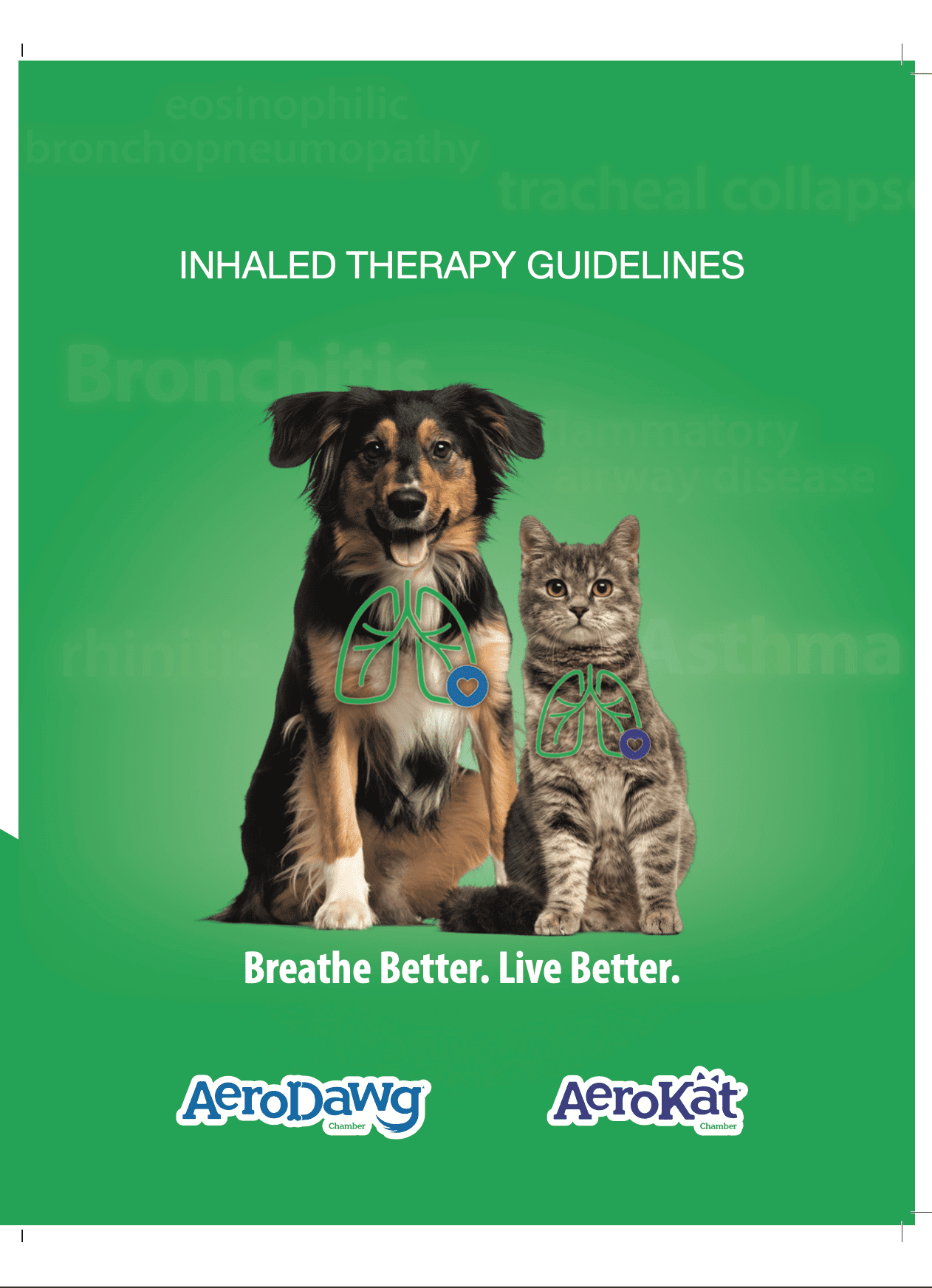Most patients that are diagnosed with allergic or inflammatory airway disease will be initially stabilised on injectable or oral medication. Whilst this usually leads to a rapid reduction of clinical symptoms there are notable draw backs to their long term usage.
Corticosteroids given by tablet or injection get distributed around the whole body and so affect every organ system. Over time this may lead to significant side effects such as diabetes or increased risk of infections.
Corticosteroids given by the inhaled route target just the lungs, exactly where they are needed, with minimal side effects.
Transitioning from oral to inhaled steroids may seems like a daunting prospect for veterinarians and pet owners alike and so we have produced an easy to follow guide as to how to go about the process.





